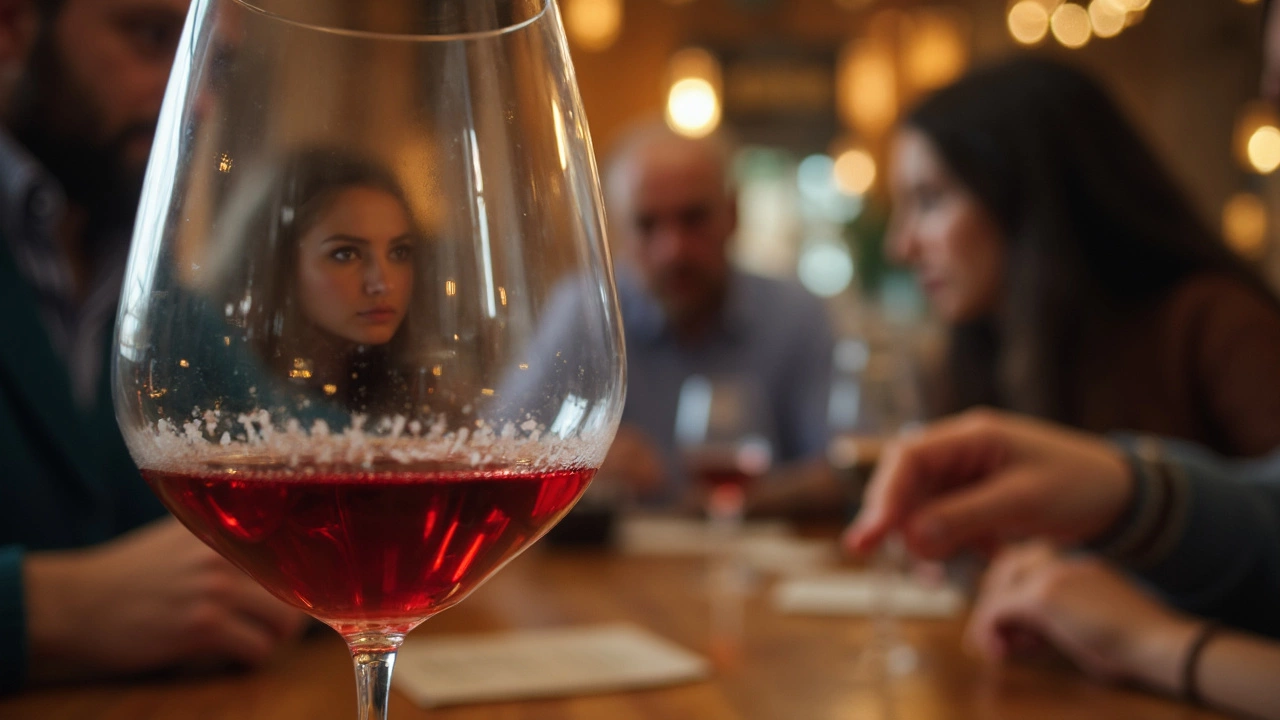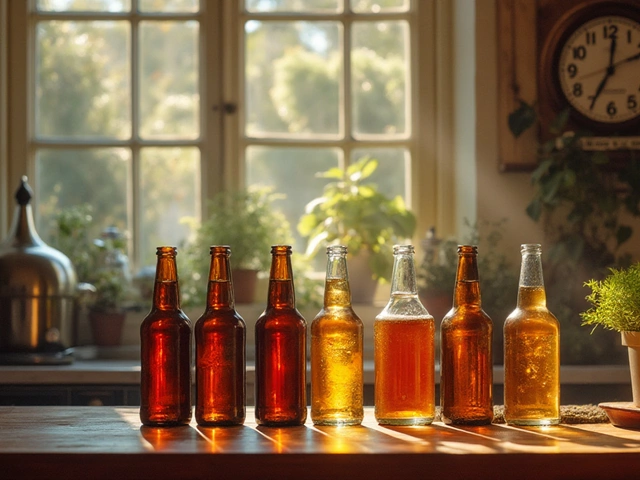Alcohol Content: What It Means, How to Read It, and Staying Safe
Ever stare at a bottle and wonder what the numbers really tell you? Alcohol content—often shown as ABV (Alcohol By Volume)—is the simplest way to gauge a drink’s strength. Knowing this number helps you decide how much to pour, when to stop, and how it will affect your body. In this guide we break down the basics, show you how to read labels, and share practical tips for drinking responsibly.
Understanding Alcohol By Volume (ABV)
ABV is the percentage of pure ethanol in a beverage. A 5% ABV beer contains five parts alcohol for every hundred parts liquid, while a 40% ABV spirit like vodka is eight times stronger. The number isn’t a mystery—just look for the % sign on the label. If a wine says 12% ABV, each 150‑ml glass gives you about 18 ml of pure alcohol. Knowing the math lets you compare drinks side‑by‑side, whether you’re switching from a light lager to a bold red.
How Alcohol Content Affects Your Body
The higher the ABV, the faster your blood alcohol concentration (BAC) rises. A standard drink—roughly 14 g of pure alcohol—will push most people’s BAC up by 0.02% to 0.03% after an hour. That’s why a single 1.5‑oz shot of 40% vodka can feel stronger than a 12‑oz beer at 5% ABV. Your weight, gender, food intake, and metabolism all play a role, but the ABV gives you a quick benchmark to estimate impact.
If you want to keep your BAC under the legal limit (usually 0.08% in many countries), plan ahead. A useful rule of thumb: one standard drink per hour for most adults keeps you in the safe zone. When you know the ABV, you can count drinks more accurately—especially with craft beers or fortified wines that often exceed the usual 5‑6% range.
Reading labels becomes even more useful when you’re at a bar. Ask the bartender for the ABV if it’s not posted, or use a phone app that scans the label. For mixed drinks, add up the ABV of each spirit and divide by the total volume. A classic gin‑and‑tonic with 1.5 oz of 45% gin and 4 oz of tonic ends up around 9% ABV, which is roughly one standard drink.
Staying safe isn’t just about numbers; it’s about habits. Sip water between alcoholic drinks, eat protein‑rich foods before you start, and set a personal limit—say, no more than three standard drinks in an evening. If you’re driving, the safest choice is zero alcohol. Even a small BAC can impair reaction time, so consider a designated driver or a rideshare.
Bottom line: alcohol content is a simple metric that tells you how strong a drink is, how quickly it can raise your BAC, and how many standard drinks you’re actually consuming. Use the ABV label, do a quick mental calculation, and you’ll make smarter choices without sacrificing any fun. Cheers to enjoying drinks responsibly!
Ever noticed those streaks running down your wine glass and wondered what they're all about? This article breaks down what wine legs really mean, why they form, and whether they say anything important about quality. Get no-nonsense tips on how to read them, spot myths, and actually use them the next time you're tasting wine. No fluff, just practical info you can use. Perfect for anyone who's stared at their glass and asked, 'So what?'
View Details

